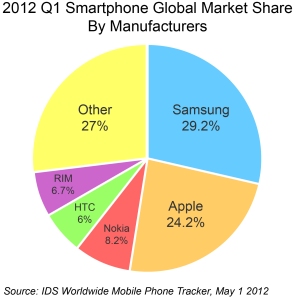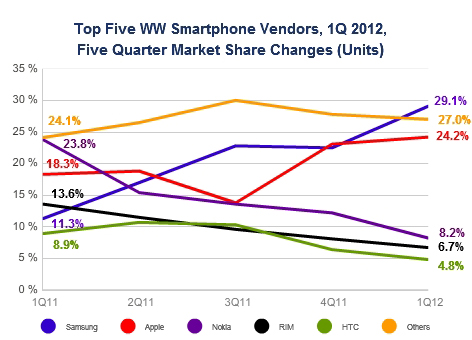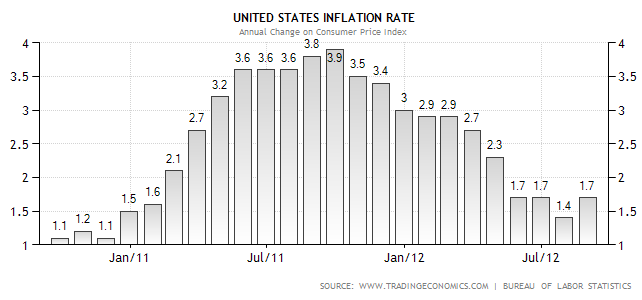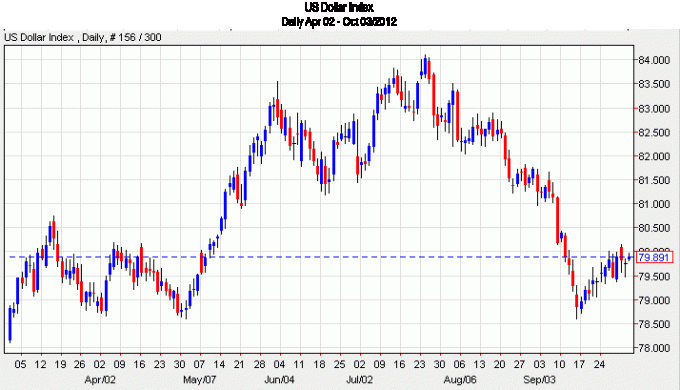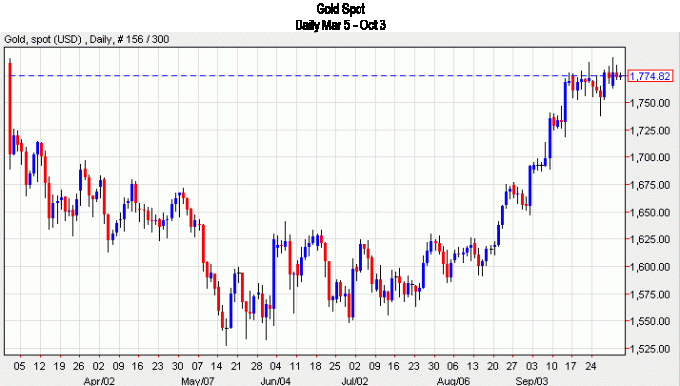Article Written last Fall…
Smartphone manufacturers like Samsung, Apple and Nokia has been the hot topics recently. Nokia was and still is facing significant financial difficulties. Apple was suing Samsung for violating Apple’s patents. On the other hand, Motorola, which is owned by Google, is also suing Apple for violating their copyrights. Besides, with iPhone 5, Notes 2, and Lumia 920 all coming out in the fourth quarter of 2012 to boost the annual sales, smartphone seems to be at its peak. While the whole world expects the smartphone business to excel to a whole different level, market trends,data and events are showing that the smartphone industry has hit the bottleneck and saturated.
According to the Moore’s law, the speed of computer processors should to double its speed every 18 months. The same law has been applied to the development of other high-tech products, for instance, smartphone. Under such law, people generally upgrade their high tech products after approximately every 18-24 months. But from the frequency of the different generations of iPhones, we can see that the competition in the industry has intensified over the years. The first iPhone came out in June 2007. Apple has kept the tradition of putting out a new iPhone on a yearly basis. Even though the 12 months period is faster than the Moore’s law, market was more than willing to change to smartphone, with touch screen, email, and web browser all in their palms. However, after Apple and Samsung flooded the world with their smartphone products, the customer appetite has changed. They are not rushing to switch phones anymore. From recent research, there is a smartphone owner in every two person in developed countries. The good news is that there are still a huge market in developing countries, but the profit margin is small as smartphone still receive stiff competition from low tech and cheaper phones.
Because of little barriers of entry, the competition in the smartphone industry has been intensified due to increase of market participants. When Symbian, Nokia’s OS, was the market leader up to 2007. Soon after, smartphone market turned into a monopolistic market. There were no more significant technical or functional difference among different brands. As of today, it has turned into a pure marketing and brand identity competition, and Apple has already done a marvelous job on this end of competition. Moreover, the rise of Samsung has threatened the leadership of Apple, that could be one of the main reasons Apple suing Samsung for patent violation.

Figure 1. 2007 Global Smartphone Quarterly and Geographic Sales
(Source: Mobile Phone Development, December 4th 2012)
Figure 2. 2012 Q1 Smartphone Global Market Shares by Manufacturers

Figure 3. 2010-2012 Smartphone Shipment Growth by Major OS
Source: Android to widen smartphone lead in second half despite iPhone 5 launch, BGR.com, Zach Epstein, August 24th 2012
From Figure 3, we can find that since the rise of IOS (Apple iPhone) in 2007, its super-natural growth has significantly slowed down to 34.9% in 2012. As for its strongest competitor, Android (Google), also has slowed about extreme growth in 2010 and 2011. Because of the intense market competition and high bargaining power of buyers, the smartphone market profit margin is experiencing downward pressure; hence, the potential growth is limited. However, I have my eyes on Nokia as it is undervalued as much as 16.3%.
Figure 4. Top Five Worldwide Smartphone Vendors, 1Q 2012, Five Quarter Market Share Changes (Units)
Source: IDS Worldwide Mobile Phone Tracker, July 2012
Nokia’s market share has been declining since 2007, started from 23.8% in 2011 to 8.2% in 1Q 2012. Apple and Samsung were the ones that are eating up Nokia’s shares. Besides the loss of competitiveness in the market, Nokia has been facing financial difficulties and huge losses that led to risk of bankruptcy. Its stock price has dropped to the lowest point since 1995. General market have a dim future for Nokia. Although Nokia has unsure future, the number shows that it is undervalued by the market. Nokia has 11.6 billion book value in 2Q 2012, market shares outstanding of 370 millions. The book value per share (BVPS) is 3.14 USD and market price of 2.7 USD. This means even if Nokia has gone bankrupt, each share should receive 0.44 USD more than the market price. Figure 3 has shown that Nokia and Microsoft flagship OS – Windows 8 Mobile is expecting a shipment growth of 107.8% in 2012. I believe that will bring Nokia out of its misery. Its flagship phone – Lumia 920 has demonstrated solid performance, and online discussions have shown that many current IOS users and Nokia fans have intended to upgrade to Lumia 920. Also, another product line of Nokia, Asha, has targeted customers of lower technological level requirement in order to expand its market in the developing countries. With a huge customer base in the developing countries and a slow come back in the smartphone market, I believe that Nokia still has a strong influence in the cellular market and has the ability to have strong come back.
